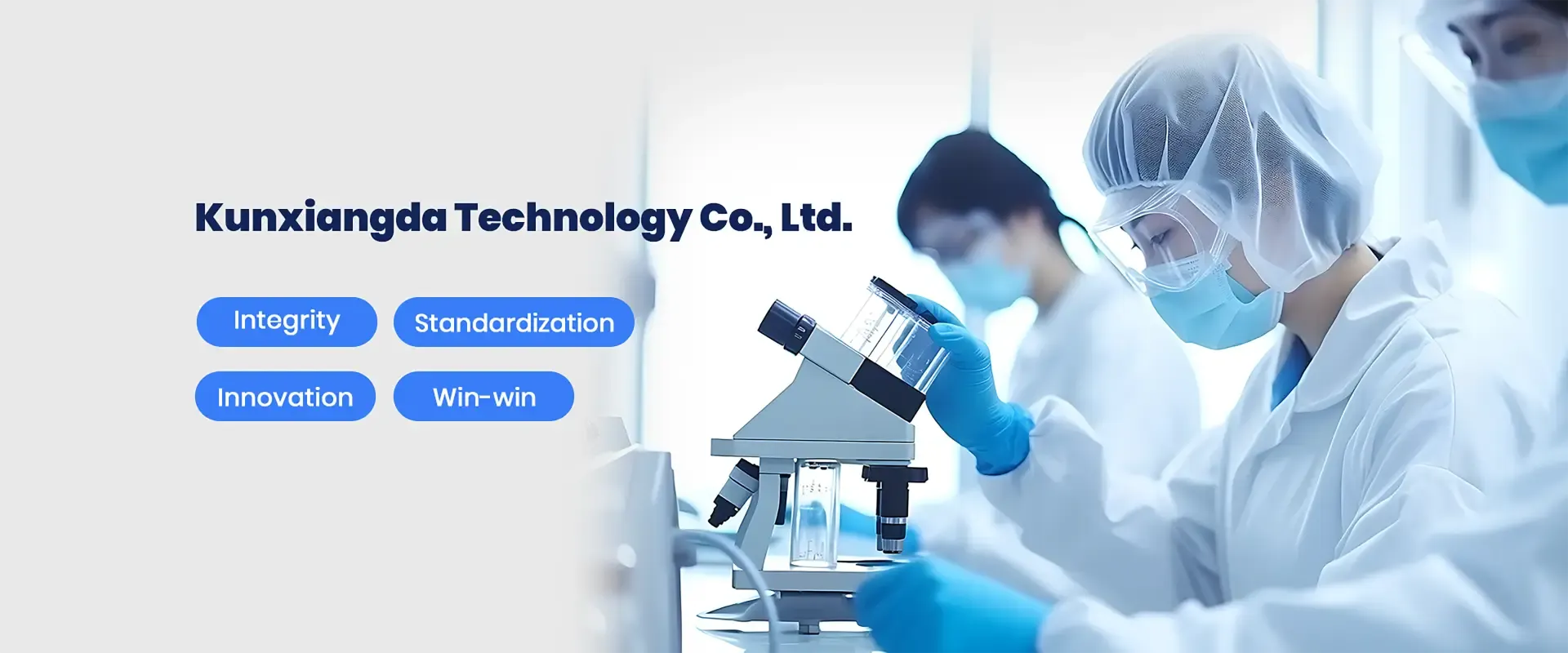Water Treatment Polymers Enhancing Purification Processes
Water pollution is a pressing global issue that poses significant health risks and environmental challenges. With the increasing demand for clean water, the importance of effective water treatment methods has become more critical than ever. One of the most innovative and efficient solutions in this arena is the use of water treatment polymers. These versatile substances play a crucial role in various steps of the water purification process, enhancing efficiency and effectiveness in removing contaminants.
Water treatment polymers are synthetic or natural organic compounds that assist in the coagulation, flocculation, and sedimentation processes. Coagulation involves the destabilization of suspended particles in water, allowing them to clump together and form larger aggregates. Flocculation further enhances this process by encouraging these aggregates, or flocs, to grow larger and settle more quickly. Polymers serve as coagulants and flocculants, significantly improving the rate at which impurities are removed from water.
One of the primary types of water treatment polymers is polyacrylamide, a synthetic polymer that has gained popularity due to its effectiveness and versatility. Polyacrylamide is used in a variety of applications, including municipal water treatment, wastewater management, and industrial processes. It can be tailored to have different charge densities and molecular weights, allowing operators to select the most suitable polymer for specific treatment needs.
Natural polymers, such as alginate and chitosan, also play a vital role in water treatment. These biodegradable substances are derived from natural sources like seaweed and crustacean shells, making them environmentally friendly alternatives to synthetic polymers. Natural polymers exhibit unique properties, such as the ability to form gels and bind to heavy metals, which can enhance the removal of specific contaminants from water.
water treatment polymer

The effectiveness of water treatment polymers can be influenced by several factors, including pH, temperature, and the characteristics of the water itself. For instance, in acidic environments, certain polymers may perform better than others, impacting the efficiency of the coagulation and flocculation processes. Therefore, careful monitoring and adjustment of water chemistry are crucial for optimizing polymer use in treatment systems.
Implementing water treatment polymers not only enhances the purification process but can also lead to cost savings and reduced environmental impact. By improving the efficiency of contaminant removal, operators can minimize the volume of chemicals required for water treatment, leading to decreased operational costs. Additionally, the use of biodegradable natural polymers can lessen the ecological footprint of water treatment facilities, making them a more sustainable option.
Despite their benefits, the use of water treatment polymers is not without challenges. Concerns about residual chemicals in treated water and potential impacts on aquatic ecosystems have raised questions about the long-term effects of polymer use. Therefore, regulations and guidelines governing polymer usage have become increasingly important to ensure the safety and sustainability of water treatment practices.
In conclusion, water treatment polymers represent a vital component in the ongoing quest for clean and safe water. Their ability to enhance coagulation, flocculation, and sedimentation processes offers a practical solution to the growing challenge of water pollution. As technology and research continue to evolve, the development of new polymer formulations promises to further improve the efficiency and sustainability of water treatment methods. The future of water treatment is undoubtedly intertwined with the effective and responsible use of these innovative materials, providing hope for a cleaner, healthier world.

